Question for Al re: japanese maple
rina_Ontario,Canada 5a
12 years ago
Related Stories

TREES11 Japanese Maples for Breathtaking Color and Form
With such a wide range to choose from, there’s a beautiful Japanese maple to suit almost any setting
Full Story
GARDENING GUIDES12 Japanese Maples for a Sunny Garden
The right maple in the right place shines in hot summer sun
Full Story
GARDENING GUIDES13 Japanese Maples for Shade
A surprising variety of these understory trees is waiting to make a statement in your shade garden
Full Story
KITCHEN DESIGN9 Questions to Ask When Planning a Kitchen Pantry
Avoid blunders and get the storage space and layout you need by asking these questions before you begin
Full Story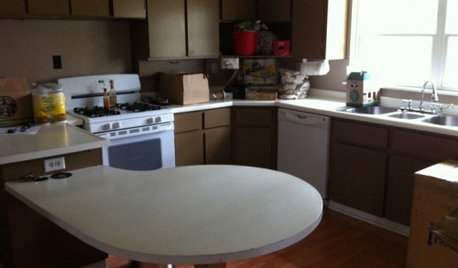
Design Dilemmas: 5 Questions for Houzzers!
Post Ideas for Landscaping for a Modern Home, Updating a Rental and More
Full Story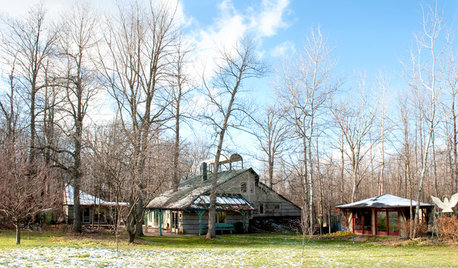
LIFEWhen You're Suddenly Solo at Home
Whether you stay in a home alone or move on, these strategies from professional organizers can help you with the process
Full Story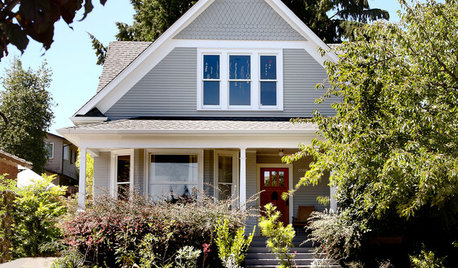
HOUZZ TOURSMy Houzz: Simplicity and Serenity in a Vintage-Modern Remodel
A thoughtful collaboration between client, designer and contractor beautifully blends period charm with modern Japanese style in Seattle
Full Story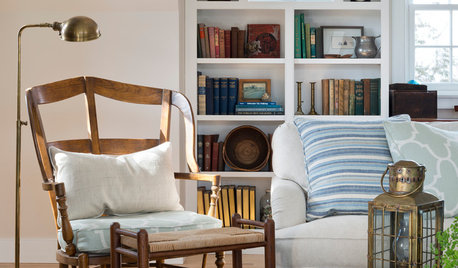
FURNITURESmart Shopper: How to Judge Antique Furniture Quality
Pick the treasures from the trash without expert experience by learning how to evaluate antiques and what questions to ask
Full Story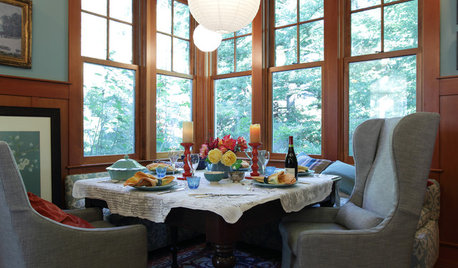
FUN HOUZZHouzz Quiz: What's Your Decorating Style?
Answer these 9 questions to find out what decorating style suits you best
Full Story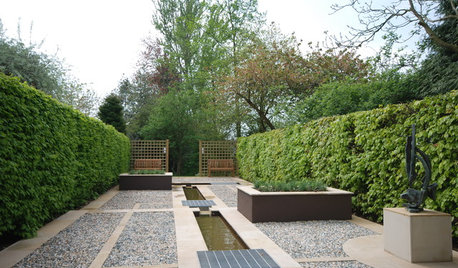
LANDSCAPE DESIGNHow to Create a Zen-Inspired Garden
You can get the peaceful feeling of a Japanese Zen garden in your backyard by embracing these principles
Full StoryMore Discussions







tapla (mid-Michigan, USDA z5b-6a)
tropicofcancer (6b SW-PA)
Related Professionals
Anderson Landscape Contractors · McKinney Landscape Contractors · Crystal Landscape Contractors · Davidson Landscape Contractors · Overland Park Landscape Contractors · San Carlos Park Landscape Contractors · Freeport Solar Energy Systems · Cocoa Beach Window Contractors · Mount Vernon Window Contractors · Madison Fence Contractors · Kuna Fence Contractors · Oak Creek Fence Contractors · Oakdale Fence Contractors · Salt Lake City Fence Contractors · San Fernando Fence Contractorsrina_Ontario,Canada 5aOriginal Author
rina_Ontario,Canada 5aOriginal Author
tropicofcancer (6b SW-PA)
maple_grove_gw
tropicofcancer (6b SW-PA)
tapla (mid-Michigan, USDA z5b-6a)
rina_Ontario,Canada 5aOriginal Author
tapla (mid-Michigan, USDA z5b-6a)
tropicofcancer (6b SW-PA)
maple_grove_gw
tropicofcancer (6b SW-PA)
rina_Ontario,Canada 5aOriginal Author
tropicofcancer (6b SW-PA)
rina_Ontario,Canada 5aOriginal Author
tropicofcancer (6b SW-PA)